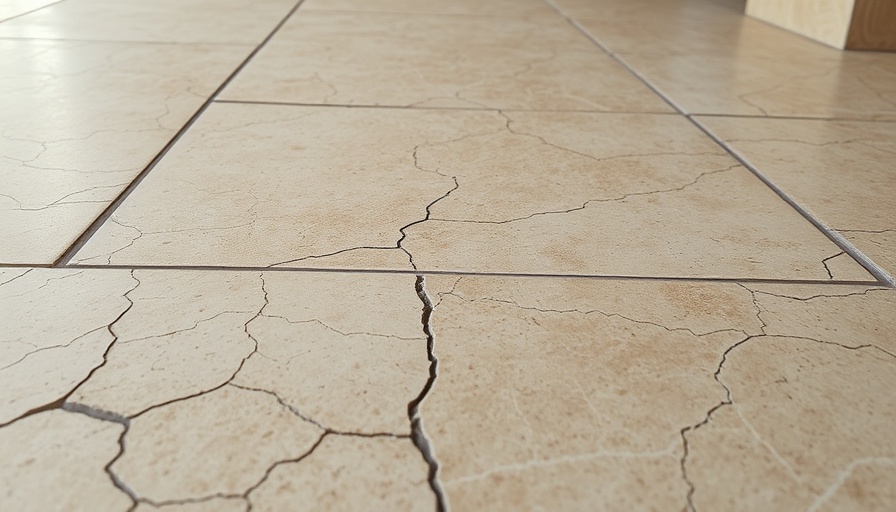
Repairing Cracked Floor Tiles: A Practical Guide for Homeowners
Cracked floor tiles can be an unsightly problem for homeowners, but luckily there are effective solutions that don't require full replacement. Whether due to wear and tear or a sudden mishap, such repairs can often be tackled on your own, saving you both time and money.
The Tools You'll Need
To fix a cracked tile, gather the following materials: a two-part epoxy kit, gloves, a mask, a detail paintbrush, and tile paint that matches the color of your existing tiles. Additionally, a toothpick or a Popsicle stick will help in applying the epoxy. Having the right tools on hand is crucial to ensure a successful repair.
A Step-by-Step Guide to Repairing Cracked Tiles
Follow these simple steps to mend your cracked tiles:
- Clean the Cracked Tile: Before you apply any adhesive, ensure that the surface area around the crack is free from dirt and debris. A clean tile ensures the epoxy adheres effectively. Use a mixture of dish soap and water or rubbing alcohol with a towel.
- Mix the Epoxy: Follow the manufacturer's instructions to mix the two components of the epoxy in a disposable container. This glue forms an incredibly strong bond once cured.
- Apply the Epoxy: Using a toothpick or Popsicle stick, apply the epoxy into the crack. Ensure to cover a bit beyond the edges of the crack to enhance stability and adhesion.
- Wait for the Cure: Allow the epoxy to cure as directed—usually around 30 minutes to 2 hours, depending on the product. Avoid applying any weight to the repaired area until fully cured.
- Touch Up the Color: Once the epoxy is cured, use a detail paintbrush to apply matching tile paint over the repaired area. This will help blend the repair into the existing tile.
Signs It's Time to Replace Rather Than Repair
While small cracks can often be successfully repaired, larger fractures or missing chunks indicate that replacement might be the best route. If you find that the structural integrity of your tiling is compromised or if the crack is spreading, consider reaching out to a professional for guidance.
Why Knowing This Is Essential for Homeowners
Understanding how to fix a cracked floor tile without replacing it can empower homeowners. It allows for DIY home repairs which can significantly enhance a home's aesthetic without incurring hefty costs. Moreover, being proactive about tile maintenance can help prevent future damages, saving both time and resources in the long run.
Frequently Asked Questions
Can I use regular glue instead of epoxy?
No, two-part epoxy is specifically designed for tile repairs as it forms a much stronger and more durable bond than regular glue.
Will the repair decrease the value of my home?
As long as the repair is done effectively and looks appealing, it should not negatively affect your home’s value.
Conclusion: Get Started on Your DIY Tile Repair
Armed with the right tools and techniques, fixing a cracked floor tile can be a straightforward task. With the basics of tile repair, homeowners can restore the beauty of their floors with ease and confidence. For the best long-term results, keep an eye on any future cracks to address them early, ensuring your home stays in tip-top shape.
Call to Action: Explore expert home repair resources or local renovation services to assist you in larger remodeling projects and to enhance your home further.
 Add Row
Add Row  Add
Add 




Write A Comment